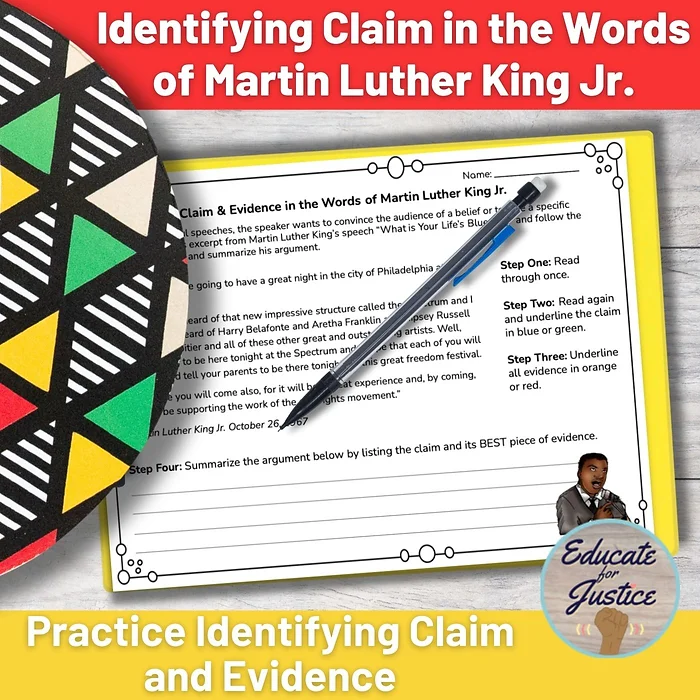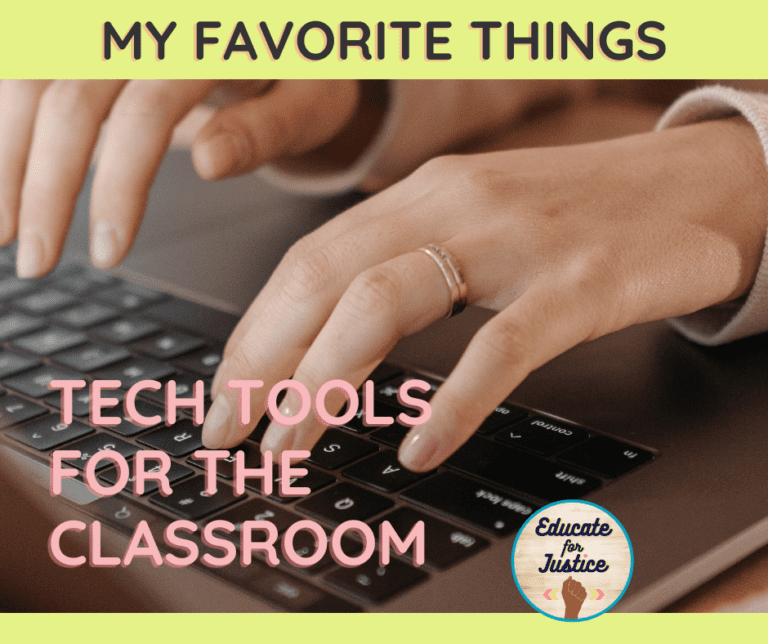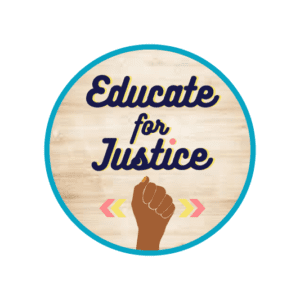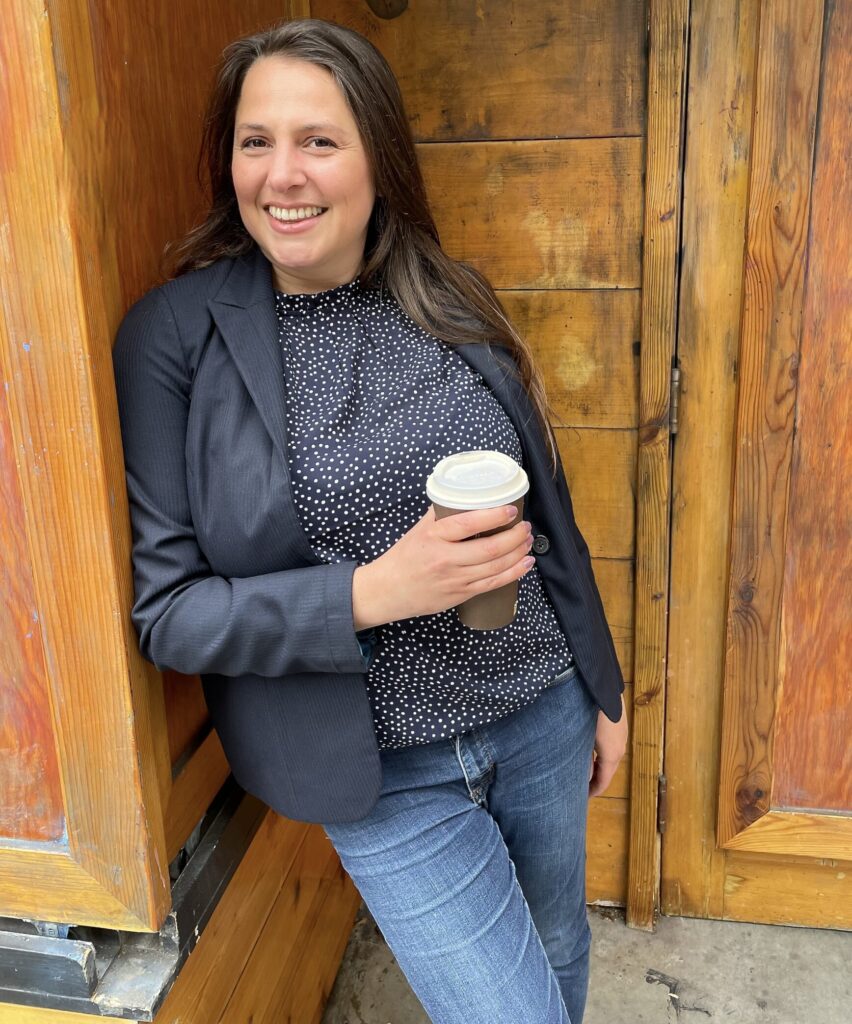
As educators committed to fostering critical thinking, engagement, and social justice in our classrooms, teaching about Dr. Martin Luther King Jr. invites a nuanced approach. Rather than perpetuating a simplistic hero narrative, we can delve into any or all of five other dimensions of Dr. King’s story that reveal a more authentic and culturally responsive perspective. Here’s how we can bring these aspects into our middle school classrooms.
1. Emphasize Teamwork and Collaboration
Step 1: Introduce Key Figures
Highlight the importance of collaboration by introducing students to essential figures like Ralph Abernathy, Bayard Rustin, and Coretta Scott King. Foster a sense of classroom community by exploring how collective efforts drove the Civil Rights Movement, and how many of these figures chose to work in the background for a common goal.
Step 2: Group Activities
Honor that spirit by facilitating collaborative learning experiences where students work in groups to research and present on different figures. Encourage discussions on the power of teamwork in creating social change.
2. Acknowledge Imperfections and Promote Personal Growth
Step 1: Discuss Flaws Honestly
Create a safe and inclusive space by addressing Dr. King’s imperfections, such as allegations of infidelity. Explicitly connect this discussion to the idea that leaders can be flawed individuals, just like anyone else. This also connects to the last domain- Bayard Rustin was hesitant to and discouraged from being more visible in the movement because of his sexuality and how it might be exploited.
Step 2: Reflect on Personal Growth
Engage students in reflective exercises, asking students to consider instances where they have learned and grown from their mistakes. Connect these reflections to Dr. King’s journey and the concept of ongoing personal development. Expand the conversation to help students interrogate why people are taught as entirely good or evil, and how that might leave many out.
3. Navigate Government Resistance and Surveillance
Step 1: Uncover Government Opposition
Explicitly teach about the FBI’s attempts to discredit Dr. King, fostering critical thinking about the role of government in social movements. Discuss the broader context of institutional resistance to the Civil Rights Movement.
Step 2: Analyze Historical Documents
Integrate primary sources, such as excerpts from FBI documents or historical accounts, into your lessons. Encourage students to analyze and question the motivations behind government actions.
4. Explore the Evolution of Ideas and Frustration
Step 1: Trace Changes in Philosophy
Guide students through the evolution of Dr. King’s ideas by examining key speeches and writings. Foster critical thinking by discussing the factors that led to changes in his philosophy.
Step 2: Connect to Students’ Experiences
Encourage students to express their frustrations with injustices they perceive in their own lives. Relate these emotions to Dr. King’s experiences, highlighting the universal nature of the struggle for justice.
5. Understand Nonviolence and Strategic Disruption
Step 1: Differentiate Nonviolence and Pacifism
Provide clear explanations differentiating Dr. King’s concept of nonviolence from pacifism. Use explicit instruction to ensure students grasp the strategic nature of nonviolent activism.
Step 2: Classroom Activism
Facilitate discussions on how students can create positive change in their communities using nonviolent strategies. Encourage them to brainstorm and plan authentic actions that disrupt inequities.
In cultivating a more comprehensive understanding of Dr. King’s legacy, we empower our students to think critically about heroes, collaboration, imperfection, resistance, and strategic activism. Embrace these steps to foster an inclusive and equitable classroom community that reflects the rich tapestry of history and encourages our young minds to be the change they want to see in the world. Together, let’s inspire the next generation of thoughtful and engaged citizens.






